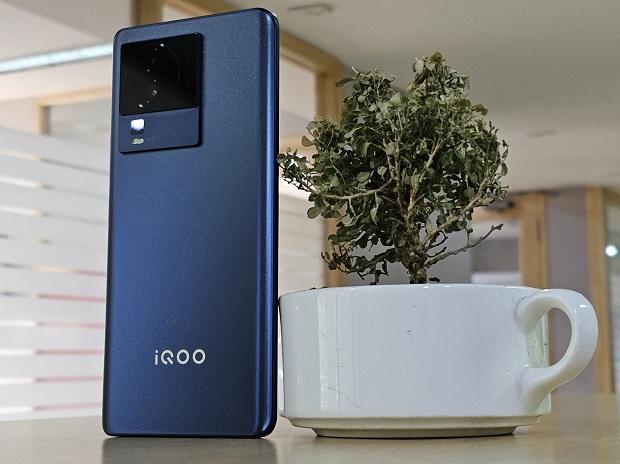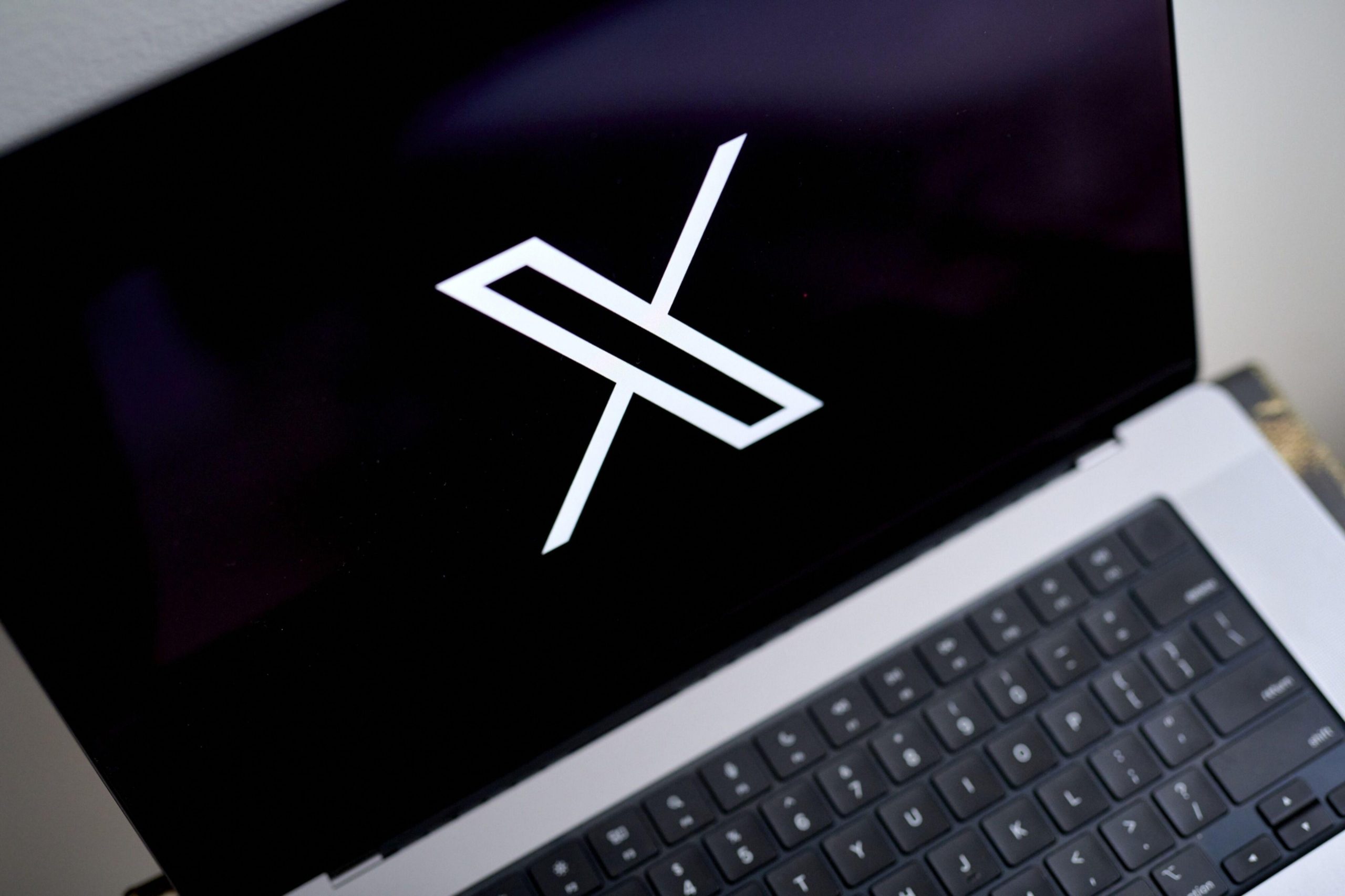At its annual developer conference, I/O 2023, Google announced the Pixel Tablet, Pixel Fold, and Pixel 7a. While the former two devices are not destined for India, the Pixel 7a smartphone arrived in the country on the same day with global availability. This entry-level smartphone in the Pixel 7 series brings upgrades over the predecessor with regard to screen, cameras, software, battery, and performance. Despite the upgrades, Google priced it on-par with the launch price of the predecessor, at Rs 43,999. It seems to be a good deal, on the basis of what it offers on paper, but does the experience keep its side of the bargain? Let us find out:
Design
The Pixel 7a is designed in the shadow of its elder sibling, the Pixel 7 and Pixel 7 Pro. It has a glossy glass back cover with horizontal camera bar, aluminium frame with power and volume buttons on the right, and flat display with slightly curved glass on top of it. The smartphone is not the most compact, but it is lightweight and easy to hold and operate. It is well constructed and boasts Gorilla Glass 3 protection on the front and back and IP67 rating for protection against water spills and dust.
Display and audio
The Pixel 7a sports a 6.1-inch OLED display of 90Hz refresh rate, stretched in a tall 20:9 aspect ratio. The display is set at 60Hz refresh rate by default and the slower refresh rate is apparent, especially if you are moving from a device with a screen of higher refresh rate. Nevertheless, there is a setting named ‘smooth display’ in the display section that enables 90Hz refresh rate. However, it does not force a 90Hz refresh rate at all times but raises the refresh rate from 60Hz to 90Hz at specific scenarios – based on on-screen content requirement. That said, there are games that support higher refresh rate but could not run at 90Hz because they are not optimised for the Pixel 7a. As for the regular operations, the higher refresh rate does smooth out interface transitions and seems effective while using apps with vertical content feed.
As for the colours and brightness, the display is good but not the best. It supports high dynamic range, but the experience of watching supported content is set back by limited colour bandwidth and brightness. Using the phone in bright outdoor conditions, however, is not a problem. Like other Pixel smartphones, the Pixel 7a supports an always-on display that shows date, time, and apps icon with pending notifications on the lock screen. Besides, there is an in-display fingerprint sensor for the screen unlock mechanism. Unfortunately, the fingerprint sensor is slow and inaccurate.
Coming to the audio, there are dual stereo speakers that are loud and clear. The speakers are good in terms of depth and clarity. On top, these deliver a wide soundstage – with some crosstalk between channels – despite the lack of surround sound audio technologies such as Dolby Atmos. For calls, there is Google ‘Clear Calling’ feature that reduces background noise during calls. Like the smooth display, the clear calling feature is disabled by default and needs to be enabled from sound settings. The phone lacks a 3.5mm audio jack, and there is no Hi-Res audio support on wireless out. The Pixel 7a does, however, work well with Google Pixel Buds Pro.
Imaging
The Pixel 7a features a 64-megapixel primary camera sensor with optical image stabilisation paired with a 13MP ultrawide-angle sensor on the back. On the front, the phone has a 13MP camera sensor. Except for the cinematic mode for video, it gets most of the software features that Google introduced with the Pixel 7 series. Therefore, the Pixel 7a comes close to the Pixel 7 in terms of experience. In terms of quality, however, there is a mild difference.
Like the case with other Pixel smartphones, imaging on the Pixel 7a is heavily reliant on computational algorithms. Therefore, there is a stark difference in the image previews shown on screen and the final result. That said, the primary camera sensor impresses with natural colour delivery and solid dynamic range. The sensor manages to capture natural depth-of-field with fine details on contours that neatly separates the subject from the background. The megapixel-rich camera sensor supports in-sensor lossless zoom at up to 2x magnification level. It works well and is available for portrait shots too. Like the primary sensor, the ultrawide angle camera sensor is good with colours, dynamic range, and details. It covers a wide 120-degree field of view, but shows fish-eye effect on the sides. The front camera is good for regular shots and portraits.
As for the videos, there is support for 4K at 30fps across camera sensors – including front camera. The primary camera sensor, however, goes up to 4K at 60fps. Video quality is good and so is the stabilisation, especially from the primary camera.
Performance
Powered by Google Tensor G2, the Pixel 7a feels snappy overall with no lag or slowdown visible even after extended use. There, however, is a heating issue in the phone. It abruptly starts to warm up even during routine everyday tasks and the temperature keeps on rising, making the phone unusable. When hot, the phone’s performance stutters and the screen becomes unresponsive to touch. There is no particular scenario where the phone behaves this way – at times it works fine even with processor- and- graphic-intensive workloads such as gaming and video recording.
Battery
This is another area where the Pixel 7a disappoints. Powered by a 4385 mAh battery, the phone barely keeps up for a day. The weak on-battery time could be related to thermal issues. Google has acknowledged the issue and started rolling out an update to fix it. However, the Pixel 7a (review unit) did not receive the update until the time of publishing this review.
As for charging, the Pixel 7a supports fast charging (up to 18W) but does not come with the adapter in the box. It also supports wireless charging, which is on the slower side.
Verdict
The Pixel 7a is a mixed bag of hits and misses. It delivers on the imaging and software experience, which are core features for the Google Pixel smartphones. However, thermal issues and weak on-battery time hampers the experience. That said, the Pixel 7a may seem to be a good deal on paper but the otherwise solid package does not deliver as good an experience in real life. Future software updates might make things better, but the Pixel 7a is not a good bargain in its current form.
Note:- (Not all news on the site expresses the point of view of the site, but we transmit this news automatically and translate it through programmatic technology on the site and not from a human editor. The content is auto-generated from a syndicated feed.))



